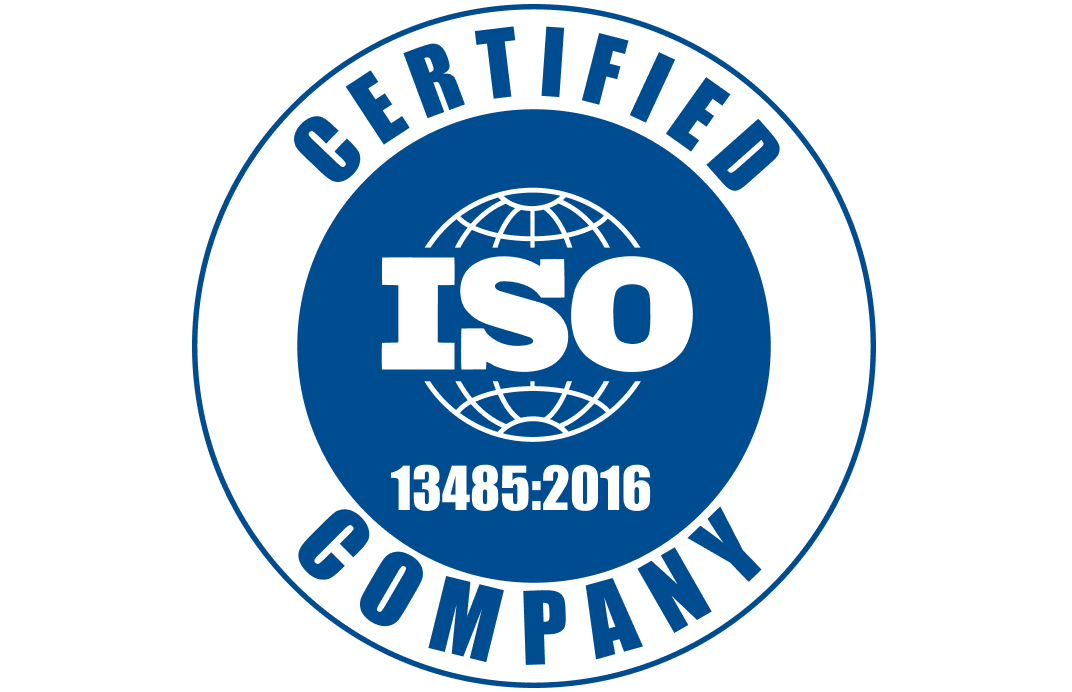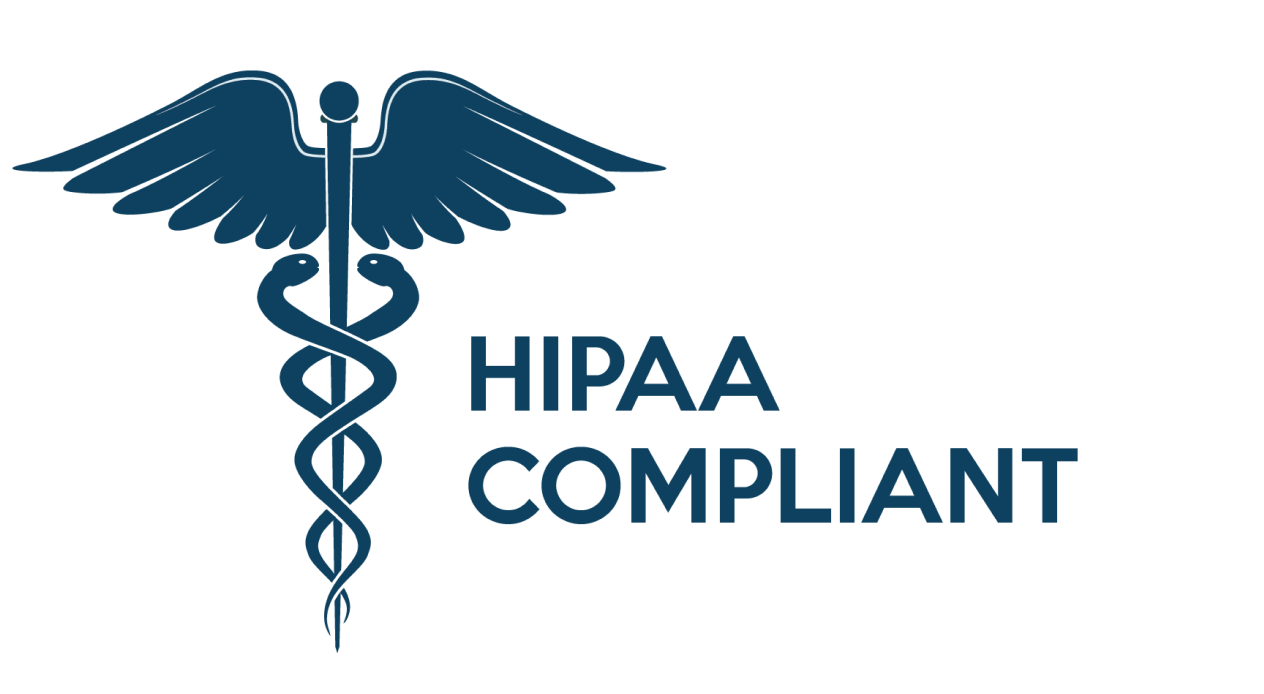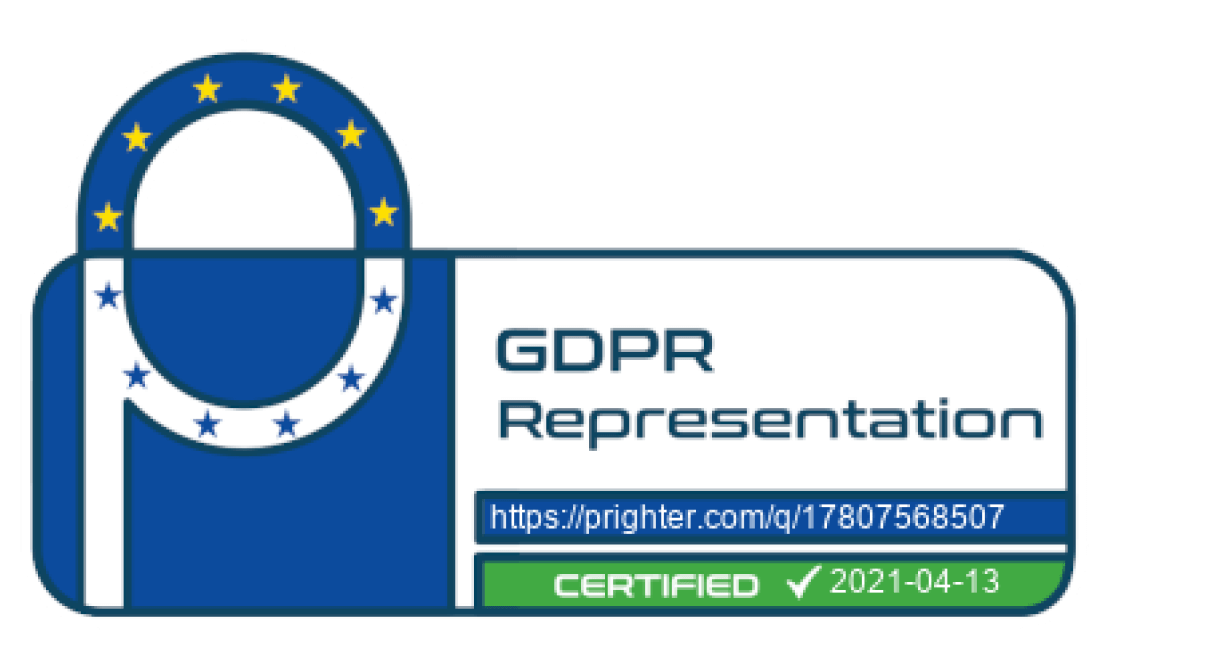How Frequent Heart Health Monitoring from a Smartphone Can Reduce the Risk of Cardiovascular Diseases
February is American Heart Month! This is a month designated for focusing on cardiovascular health and wellness, from pre-emptive measures to encourage heart health, to improving diagnosis and monitoring of important cardiovascular-related disorders and how they impact almost half of all American adults.
For care providers, payers and wellness services providers, the impact of encouraging heart health is more than just an ethical imperative, it also makes smart business sense. In many cases cardiovascular diseases and the exorbitant costs associated with their treatment are preventable with early intervention and lifestyle changes. If people can be helped to reduce the risk of developing cardiovascular problems like heart disease, it’s a true win/win.
Lifestyle Changes are Essential
Heart disease is the leading cause of death in the United States, and one in every four deaths is down to heart disease. According to the AHA, “More than 80 percent of all cardiovascular events are preventable through lifestyle changes, yet we often fall short in terms of implementing these strategies and controlling other risk factors.”Prevention starts with monitoring results of repeated measurements that can be undertaken independently, but what should this monitoring look like? To reduce the risk of heart problems developing, the monitoring tool needs to help stabilize the issues that are directly related to cardiovascular illness. It should therefore offer tools to monitor:
Blood pressure: High blood pressure has a direct impact on heart health. By thickening artery walls and reducing blood flow and oxygen content, high blood pressure causes the heart to work harder. These changes to blood and oxygen can cause heart disease, angina, and in severe cases, a heart attack or heart failure.
Heart rate: Your heart rate is the number of times your heart beats per minute. When tested regularly, your heart rate can indicate if your heart beats at a slow, normal or fast pace. The results could be no cause for concern, but they could also be signs of heart issues such as atrial fibrillation or heart disease. When individuals can monitor this vital sign regularly, health practitioners, wellness experts and even insurers can have access to the data they need to prevent life-threatening events, like cardiac arrest.
Stress levels: Stress-related disorders have been proven time and time again to relate to heart disease and other cardiovascular disorders, as stated by the AHA. Stress can change the plaque deposits in the arteries, causing the same impact as high blood pressure. In addition, high levels of the chemical cortisol are associated with long-term stress, which increases levels of blood cholesterol, triglycerides, blood sugar, and blood pressure, all of which are known to be high risk factors for heart disease.
The Importance of Early Detection
When it comes to heart disease, having regular check ups and monitoring vital signs is incredibly important, even for people who feel healthy. As we’ve seen above, the AHA considers more than 80% of these cases to be preventable. The earlier the risk factors for heart disease and heart problems can be detected, the more likely they are to be controlled for longer.
Especially with the advent of COVID-19, an increasing number of people are failing to attend routine check-ups, or even to alert their physician when they are experiencing symptoms. This leads to undiagnosed issues which can’t be caught and treated early with simple lifestyle changes.
Today’s insurers and wellness providers need to cut this issue off at the chase. By providing customers with a simple way to monitor their vital signs independently, without the need to visit an in-person clinic or keep to a pre-arranged appointment, they can catch issues with heart health at the earliest possible stages.
Putting Clients in the Driver’s Seat
When individuals are told about problems with their vital signs at a periodic check-up, it can instill fear, denial and the feeling of being out of control. Instead, by providing clients with a way of measuring their vital signs at home, and through a device they use all the time, they can track their progress and measure the impact of changes such as a healthier diet, increased activity, or more self-care and relaxation. By seeing the tangible results on the vital signs that matter the most, individuals are encouraged to make the right changes, and maintain them over time.
This is exactly what we offer at Binah.ai. Our video-based monitoring solution allows any user to take a simple video-based selfie, from anywhere they choose, and receive vital signs related to heart health and more, all in under a minute. They can track their vital signs as often as they choose, and you can augment this with heart-healthy recommendations and rewards to keep them on the right track and to encourage wellness efforts.
This American Heart Month, speak to us about reducing the incidence of heart disease and other cardiovascular disorders, reducing the cost of heart-related illnesses, and providing better support for the public to be increasingly heart-healthy! Get in touch here.

 close
close




